Imagine something with me for just a minute.
Imagine that you had a captive marketing audience. You could speak to them at any time about anything, and they would listen.
They would get excited when you told them about anything. They would stop whatever they were working on to listen to you and respond.
And — this is the best part — when you asked them to buy your product or service, they would do so.
Yep. At your request, they would buy your product or service.
This isn’t a dream. This isn’t a gimmick. This isn’t some scammy marketing tactic.
This is the reality of a well-developed Facebook group. And it works!
I know, because I’ve created Facebook groups like this for my clients.
The results of creating a masterful Facebook group have been, to be totally transparent, shocking, even to me.
I’ve known for a long time about the power of Facebook as a marketing channel. I’ve done all of the ordinary stuff — groups, pages, Facebook ads, lookalike audiences, target ads, promoted posts… everything.
I’ve done all this stuff. And I’ve seen moderate success.
But there is one Facebook technique that is more powerful than all of these.
It’s free. It’s organic. It’s natural. It’s sustainable. It’s powerful. And, most importantly, people buy from you.
This is a marketing dream, but it’s about to become your reality.
In this article, I will share with you the exact tactics that I used to help my clients create Facebook groups that essentially purchase on command.
Instead of gimmick tips, you’re going to get actionable steps.
Note: In another article, I explained a step-by-step process for starting and sustaining a Facebook group. To get started, I recommend you read that article first.
Once you’ve created your Facebook group, you’ll be ready to monetize it in the way that I explain below.
Learn how I generate over 100,000 visitors a month through Facebook, without spending a dollar on ads.
What this is not
This is not about driving traffic to your blog. While referral traffic might happen as a side effect, it’s not the main purpose.
Some marketers will get a lot of referral traffic, especially if they are actively promoting content to their group.
I’ve received a ton of referral traffic from Facebook.
But if you don’t have an active content strategy on your website yet, don’t sweat it.
A Facebook group is a standalone marketing channel. While you obviously need something to sell (and some way to sell it), the group can function by itself, no blog or website required.
What you’ll need to get started
1. A Facebook group.
Please note, this is not a Facebook page. Pages and groups are different.
A page is for marketing your business. A group is for interacting with a tribe.
Here’s the breakdown of the differences between profiles, pages, and groups.
What you do on a profile, page, or group is different, too.
The whole point of a group is to interact, share, and jam on a single topic.
2. Your Facebook group should have 200+ members.
The bigger, the better. To really gain traction from the tips below, I suggest that you grow your Facebook group to at least 200 members.
500 is even better. A Facebook group with at least 500 members is often considered to have reached “critical mass” and will start growing by itself.
As with any marketing channel, not everyone is going to buy from you. Therefore, if you want a healthy percentage of conversions, your group size should be decent — at least 200.
With those two things in place, you’re ready to roll.
Your group needs to have a central theme
The reason why people participate in Facebook groups is because of a shared interest.
Would you believe that there’s a Facebook group for women who have curly hair and wash their hair using conditioner?
You better believe there is!
This is a great group! Why? Because people get excited about their hair.
(And, because some super smart marketers have found their niche and an audience of 50k+ who will buy their product.)
I’m probably not going to join the group, primarily because I don’t have any hair.
But a lot of people will join it, have joined it, and want to join it.
And that’s the whole point! Your Facebook group needs to be about something specific.
If your Facebook groups lack specificity, you won’t have an interested audience. And if you don’t have an interested audience, no one will want to purchase your product.
Everything that follows — especially the buying part — assumes that your group is focused on a specific subject matter.
Obviously, that subject matter needs to be relevant to your product or service.
For example, the group above might sell a book, a course, or a hair product.
Their audience consisting of curly-haired individuals will be interested in purchasing it. Why? Because a product like that is relevant to the needs of the group.
I’ll be sharing examples below, so you can begin thinking of relevant themes for your Facebook group.
Your group should be closed
This is a really important point, but some people don’t quite understand it.
Your group should be closed.
Why would you want your Facebook group to be closed?
Wouldn’t it be better to welcome any and all without forcing them to jump through hoops?
No.
The reason why is part exclusivity and part protection.
When someone gains access to a closed Facebook group, they feel a sense of exclusivity. Not everyone gets to join it. Not everyone is selected or accepted.
This feeling, in turn, helps to keep the attitude within the group respectful and positive.
There’s also a protection component. When you monitor who is accepted into the group, you’ll quickly see just how full of trolls and bots Facebook can be.
After approving a few dozen members, you’ll develop a feel for who’s a legitimate human being requesting access and who’s a bot-powered spammer.
Keep the group closed. By removing the barriers to entry, you degrade the quality of the group itself. Don’t let that happen.
The process for entrance should be simple.
When someone finds your group, they see a button: + Join Group.
They click it, and the join button turns into √ Request Sent button.
Be sure to add/approve members as quickly as possible. I’ll give you some tips on this in the section below when I discuss other admins.
Post a welcome video
One of the fastest and most engaging ways to welcome members is with an intro video.
Here’s how to do it.
Click Add Photo/Video at the top of the page.
Either upload video or create one.
You have an option to upload a video or create a new one.
A quick thirty-second “hey” from your smartphone camera is fine, especially if you don’t have a big budget.
If you want to record the video and upload directly from your phone, here’s how.
From the Facebook app, tap the menu option at the bottom of the screen.
Then tap “Groups.”
Select your group.
Tap “Write something…”
Then tap “Photo/Video.”
Then tap the upper left camera icon.
Take your video, preview it, upload it, and you’re done.
A warm welcome to a group is an ideal way to engage new members right away.
Set the rules and stand by them
This is going to sound a bit harsh. But here it is: Make some rules and enforce them.
What do I mean by this?
Rules are a set of guidelines that group members should abide by.
For example, here are the guidelines to a group:
This group even reminds group members of their rules using their group header image.
Here’s another group that does the same thing with their header.
They place reminders everywhere!
Why do I make a big deal out of this? Why do these groups make such a big deal out of their rules and guidelines?
Because some people tend to use Facebook groups as a method for marketing themselves without contributing to the value of the group as a whole.
That’s lame. And it can completely ruin a group.
I’ve been part of groups where there were zero rules. What ended up happening was a bunch of people began shamelessly promoting themselves and their products.
Other people began complaining.
Some people began bickering.
Flame wars broke out.
Moderation was pathetic.
The group started hemorrhaging all the serious members who wanted to gain and add value.
Eventually, the group devolved into a huge mess.
You have to protect the integrity of your group.
Power tips
- Remind the group of your rules at least once a month.
- If someone breaks the rule, send them a private message.
- Every few months, mention some infractions and what you’ve done about it.
- Ban people who break the rules.
Think of your Facebook group as your home.
You control who comes in.
You decide what the rules are.
You decide what constitutes appropriate behavior.
You have the right to escort people out if they choose to break your rules.
Let’s be honest. There’s a lot of hate and bullying on Facebook. Some people feel like they can rip people to shreds on social media while hiding behind the safety of their phone.
You want people to know that your group is a safe place. That makes it welcoming to people. That makes others want to promote it.
Keep things upbeat and positive, and you’ll get the results you need.
Hire other admins
If you’re serious about group building, you’re going to commit a lot of time to the effort. It’s not easy to build and grow a group.
Eventually, you will need to recruit help.
I strongly recommend recruiting a member of the group. Often, the best prospects for moderators are some of the most active members.
Simply send them a PM and feel them out.
After you start a group and add some members, you will see this message in the member section of your group.
To become an admin, the person must already be a member of your group. Here’s how to upgrade their membership to admin level.
Click the “# Members” text.
Click the gear icon next to the person’s profile.
Click “Make Admin” or “Make Moderator” depending on the level of involvement you want them to have.
Some admins and moderators will be willing to volunteer their moderation or administration of the group with no compensation.
However, if you make money from the group, it’s appropriate and ethical to offer some sort of compensation for their time and effort.
Moderating a group can be massively time-consuming, not to mention a bit stressful! Sing their praises on the group, and reward them for their work.
Welcome new members by name
When new members start joining, it makes them feel welcome if you give them a personal shout-out.
To do this, simply write a post and start typing the new members’ names. You can mention as many members as you want to in a single post.
Thank them for joining the group, and encourage existing members to give them a warm welcome.
Ask new members to introduce themselves
Another good way to encourage involvement right away is to ask members to introduce themselves.
This kind of personal introduction won’t work for every group, but I recommend that you find a way to incorporate it.
When people introduce themselves to a group, they feel personally invested in the success and value of the group as a whole.
When members introduce themselves, other people will like and comment on their introductory post. A lot of times, a good discussion takes place after an introduction.
This is an example of someone introducing herself in a group. (Sorry to blur everything out, but these are closed groups.)
The person who introduced herself shared a little bit about her background, why she’s interested in the group, and what she’s hoping to gain from being part of it.
Here’s another member introducing himself and kicking it off by asking the group a question.
As I’ve studied, researched, and built Facebook groups for the past few months, the one thing that has created a tight-knit group is the power of introductions.
Encourage intense discussion
Obviously, you want to keep things civil and safe in your group.
But that doesn’t mean you should shut down an intense discussion.
Discussions are where groups become super valuable. People get involved and share their opinions. Things may get controversial, sure, but as long as it furthers the cause of the group, encourage it!
Tell your audience how to stay engaged
When it comes to engagement, you might have to tell people how to do it.
Here’s what I recommend. Show people how to keep up with group notifications.
When members turn on notifications, they are much more likely to stay involved and jump into group discussions.
From time to time, you can explain how to do it.
1. Click the Notification button in the upper right corner of the page.
2. Click “All Posts” so you’ll never miss an update!
If you have a really active group, then you might not want to ask people to get notified about every post.
If they get too many notifications, a group member might be tempted to turn them all off. Instead, you can ask them to get notified for highlights only.
Ask your audience to comment on specific posts
There are times when you’ll want to openly ask people to get involved.
How do you do this? Just ask them!
You can steal these asks. Try pasting it at the end of one of your discussions and see what happens.
- This is a really important question, and I’d love your feedback. Can you leave a quick comment and tell me what you think?
- I know there are some of you who know a lot about this and have something valuable to share. What do you think?
- This is something I’ve been curious about for a long time. Let me know!
- Please share your experience.
- Share your advice with the group.
- What’s your opinion?
Set up a schedule
Some groups have a lot of success by having themes on certain days of the week.
For example, the group might have Motivation Monday, where members post motivational quotes, images, memes, etc.
Themed days are helpful because it sets a rhythm for the group. Members know what to expect on each day.
This group has “Team Up Tuesday.”
Another group has “Weekend Wins!”
Some groups even allow limited promotion. One day a week, group members are allowed to promote their product or service.
Send specific, customized messages to group members
One super successful hack that I’ve discovered is sending personal messages to group members.
How?
Easy. From your group, click “Members.”
Click the Member’s name to go to their profile.
Then, click “Message” on the far right side of their profile page.
Not only are your members active in the group, but they’re also active on Messenger.
Pinging them with a personal message is a great way to get them involved and keep them engaged.
Keep the content high quality
Create native content specifically for the group, not just reposts and shares of other content.
One of the best ways to keep content quality high is to use visuals. You don’t need to be a pro designer. If you need to, ask someone for help.
Use a service like Canva to easily create images especially sized and prepped for Facebook.
A group like Pat Flynn’s always maintains a great visual presence and super high quality with their visuals.
Give your audience free stuff
When you give away free stuff, you are doing several things:
- You are rewarding your group members.
- You are making them curious about your product or service.
One successful Facebook group, Gena + Jordana & Your Magical Business, has a great strategy.
They drop a free giveaway right in their group description.
This giveaway is genius.
And it works. Jordana describes how it has worked for her in this Entrepreneur interview:
I inspire the people in my group to become paying clients, and well the answer to that, is that I lead with generosity. I give a lot with no expectation to receive, and yet the awesome thing is, I always do.
Did you catch that? Of the 12k+ Facebook group members, many of them are her paying clients.
And the way she gained them is by giving generously.
This gets to the heart of what makes a truly successful Facebook group. It’s about giving value.
A Facebook group is free to join. Anyone can become a part! You’re giving your time, your value, and your expertise to others.
They aren’t paying you a thing!
But as long as you are giving generously, it’s going to come back to you.
Just sell
You don’t have to be afraid of selling your product or service.
As long as you’re not inundating the group with your pitches, then go ahead and do it from time to time.
After all, it’s your group. You have something valuable to offer your members. Go ahead and do it!
One of the best Facebook group builders I know is Kimra Luna.
She said this about selling stuff on her Facebook group:
I think every single one of the students in my signature program, Be True, Brand You was a member of The Freedom Hacker’s Mastermind first. In the run up to my last launch I used my group to promote my webinars, drive people to the replays and answer Q & A’s about the program.
Her Facebook group is a captive audience.
They’re listening to what she’s saying. So when she invites them to attend her webinars, they come!
As a result, many of them become students in her online course.
Conclusion
You don’t simply start a Facebook group and whip up thousands of customers who can’t wait to give you their money.
Instead, you start a Facebook group, grow that group, give value to that group, curate that group, and generously cultivate that group.
Then, and with intention, you sell to them.
There’s a single takeaway I want you to end with.
It’s something that I constantly repeat to my colleagues, my team members, and those whom I mentor: Give value first.
Successful marketing is about giving value. If you start by pushing a product or service, you’ll alienate everyone.
If you instead focus on giving as much value as possible, you win.
What is your experience with Facebook groups? Have you started one?

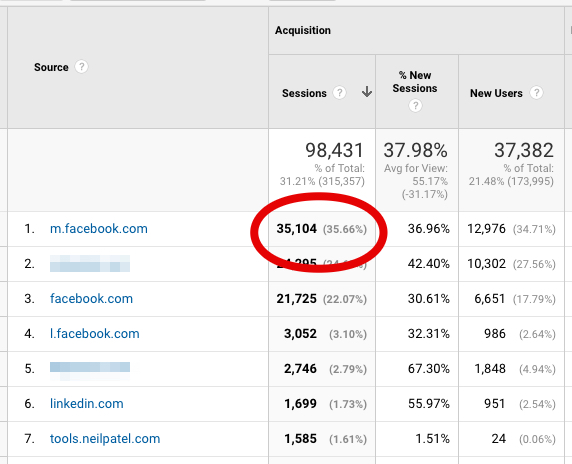
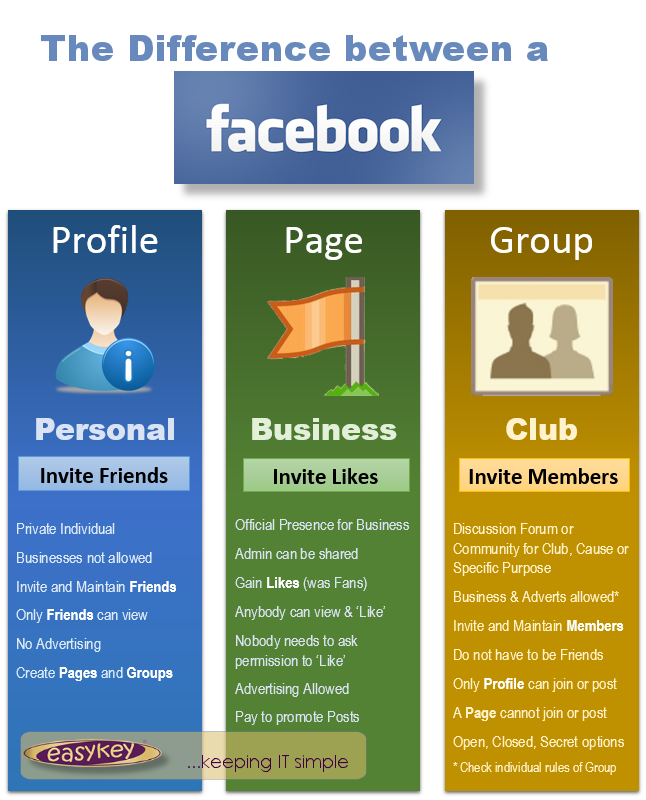
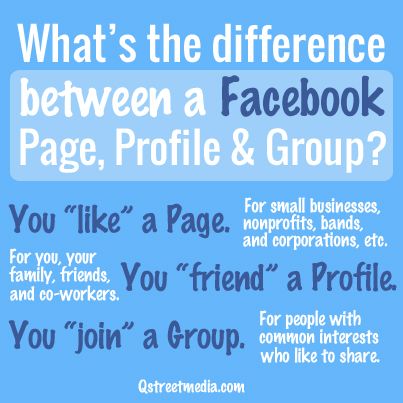
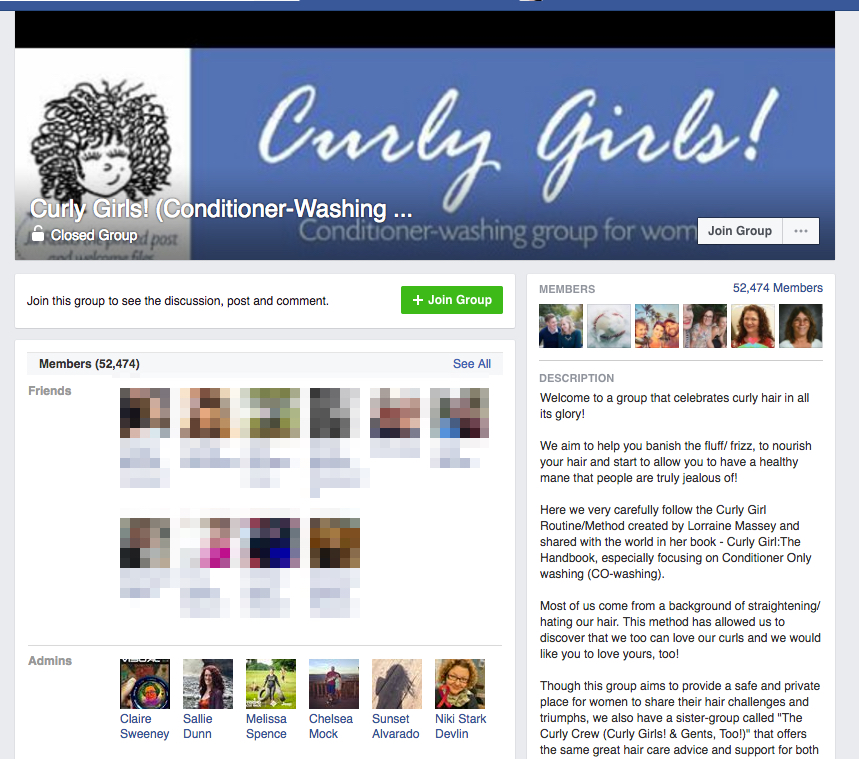

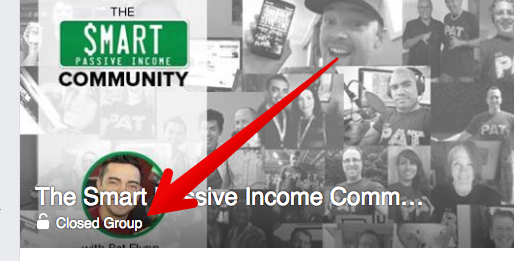
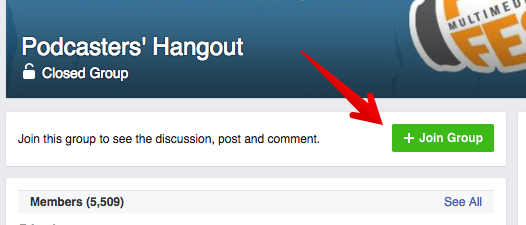
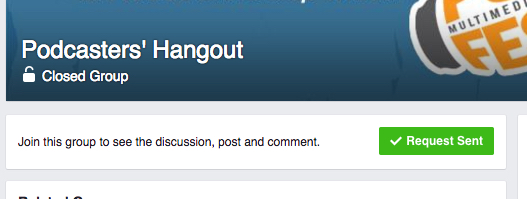
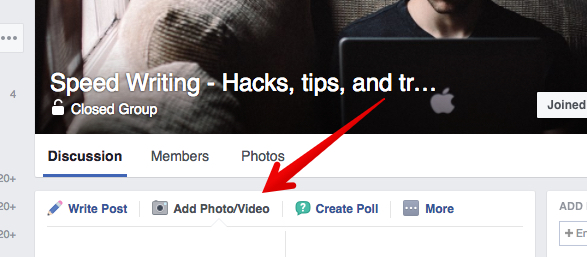
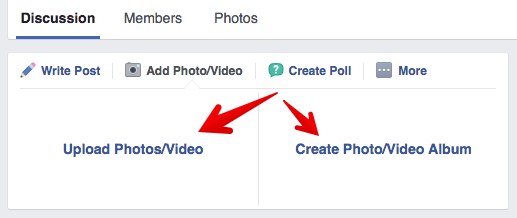
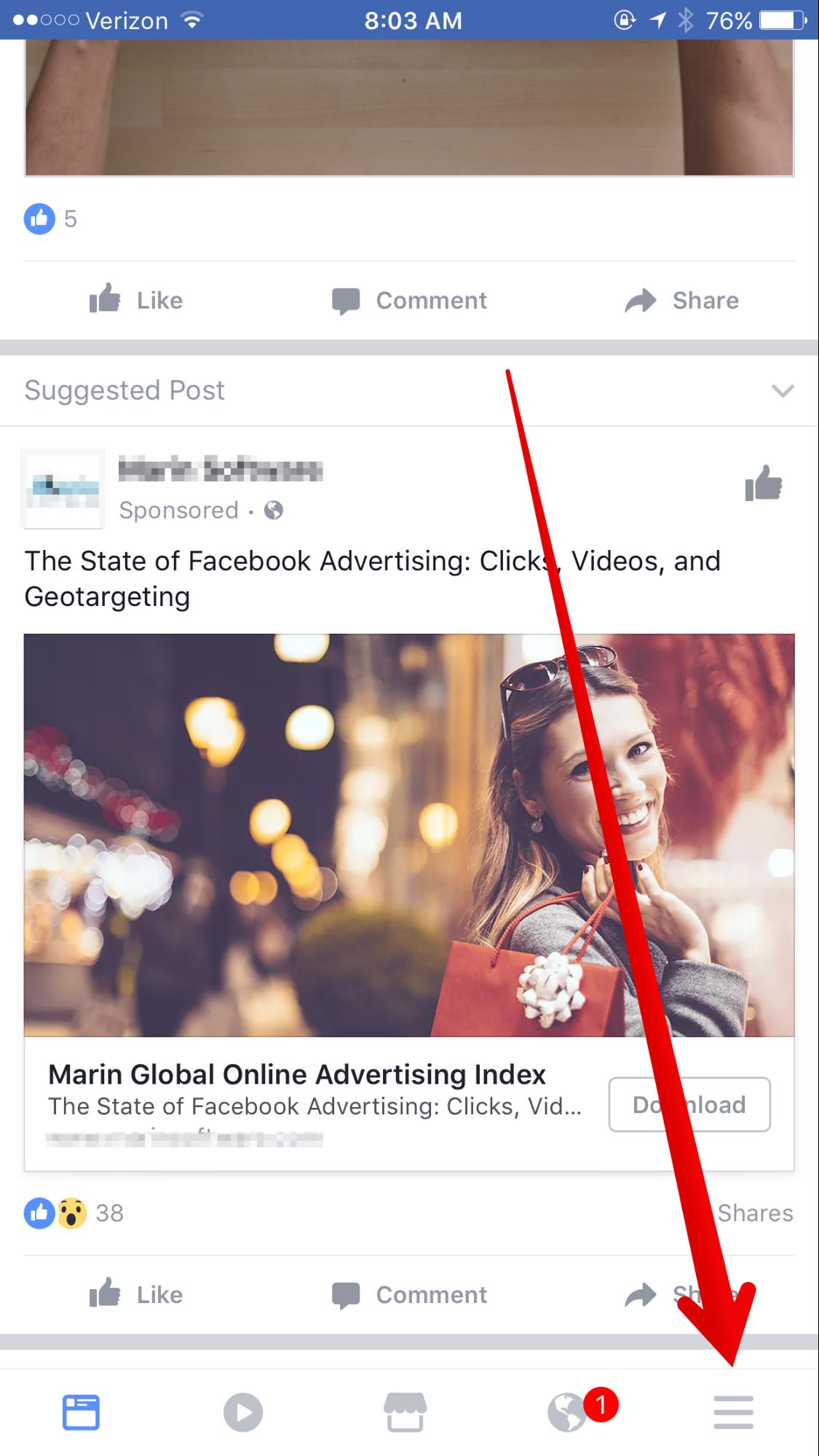
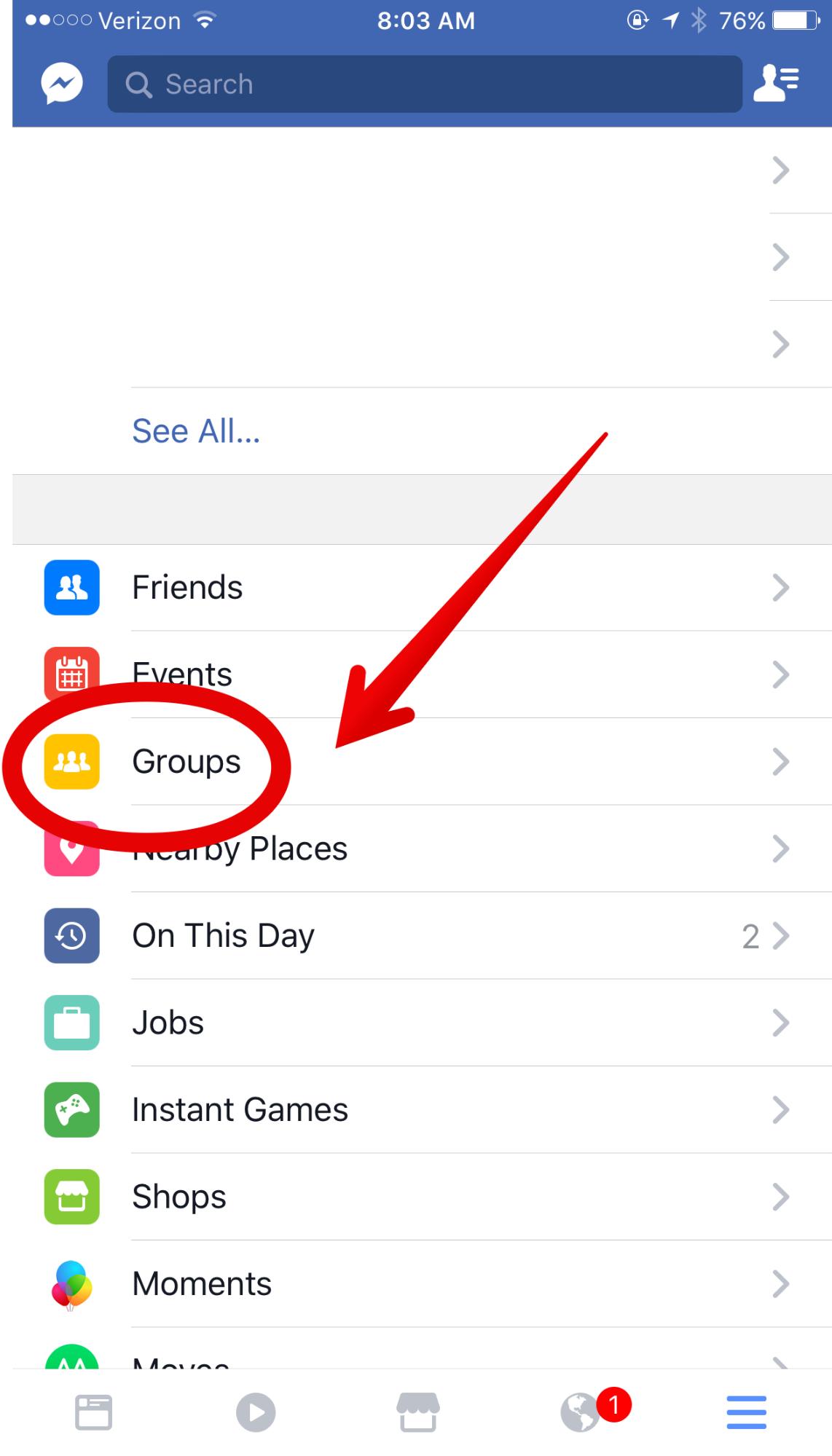
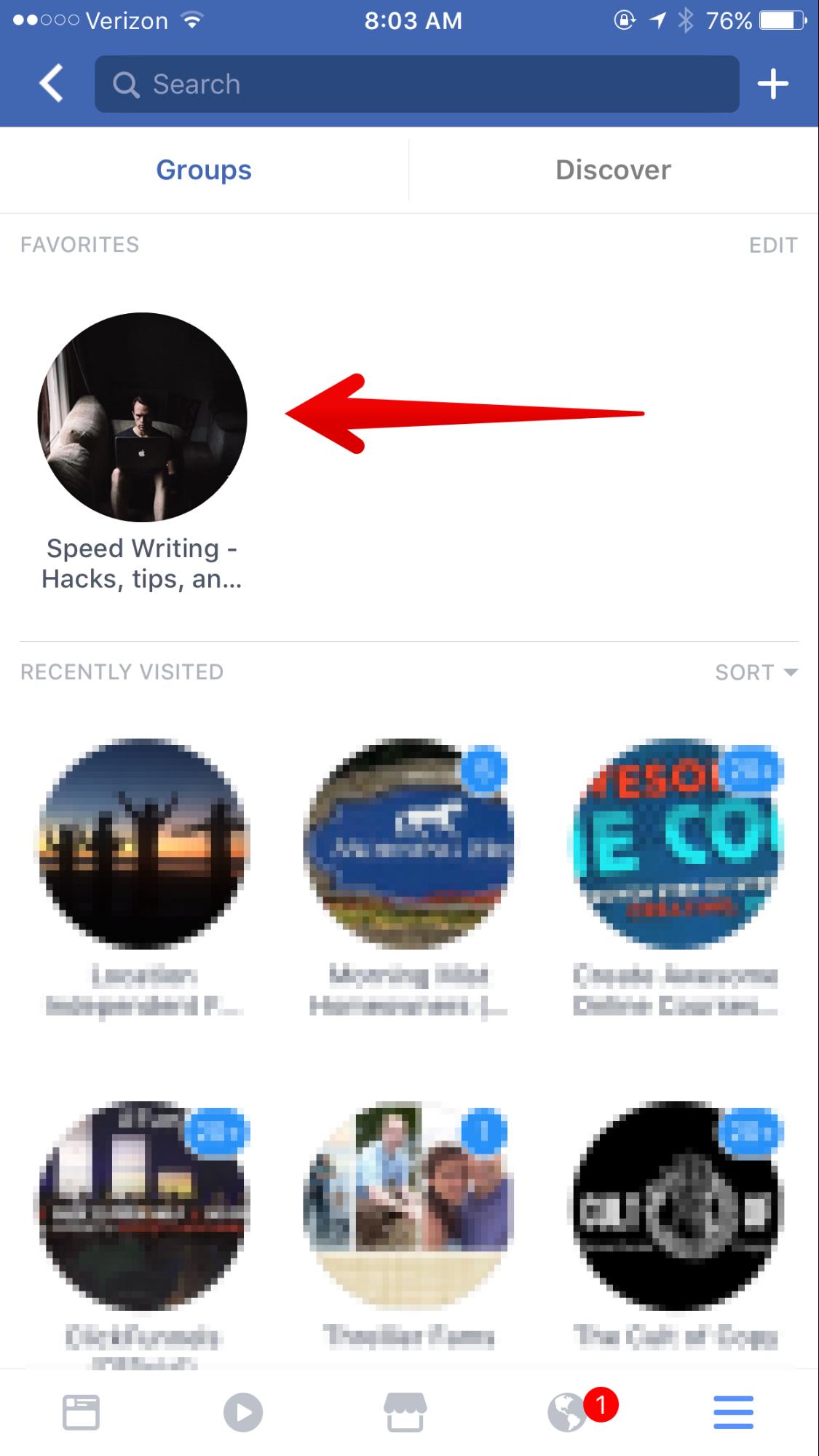
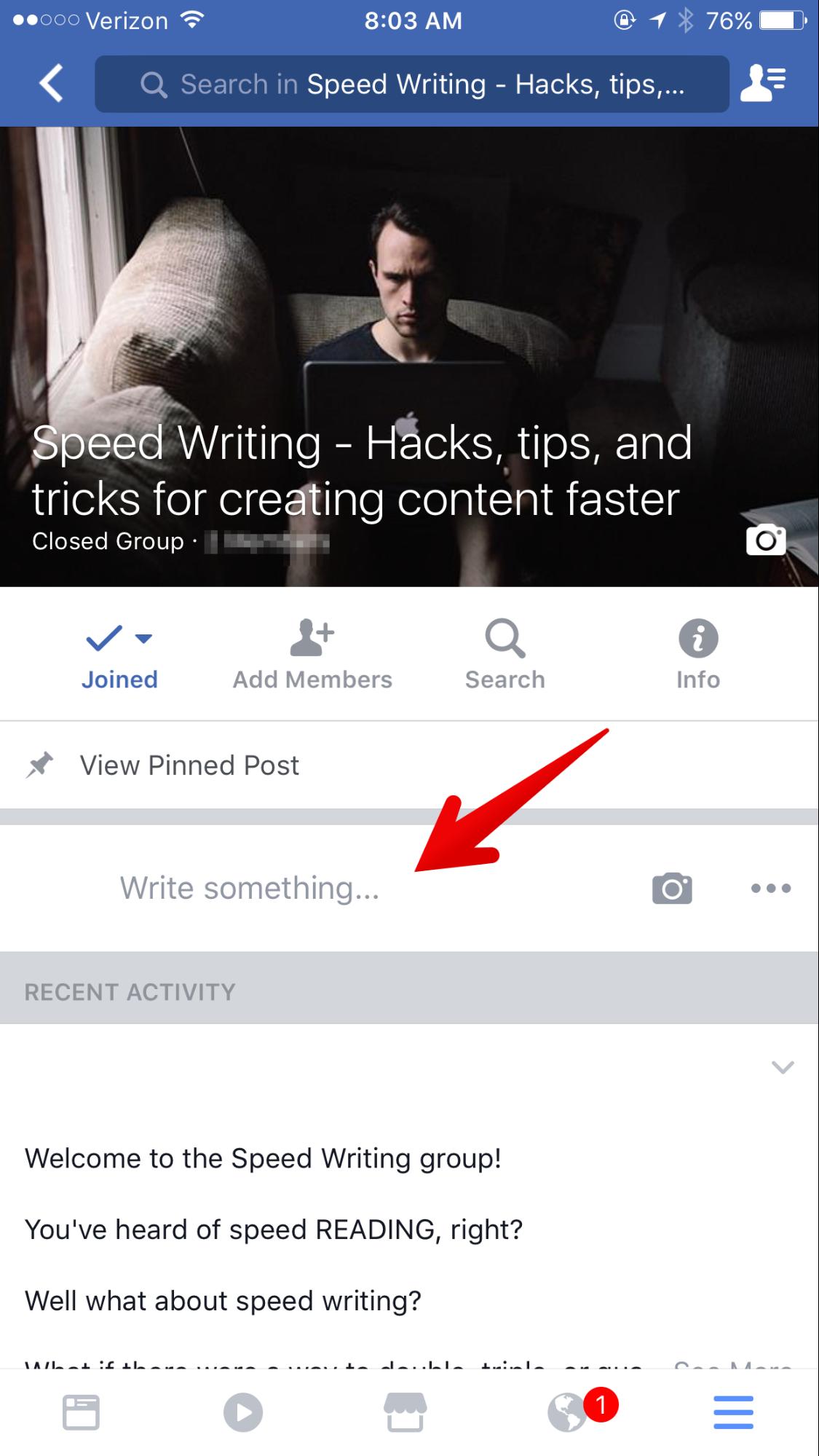
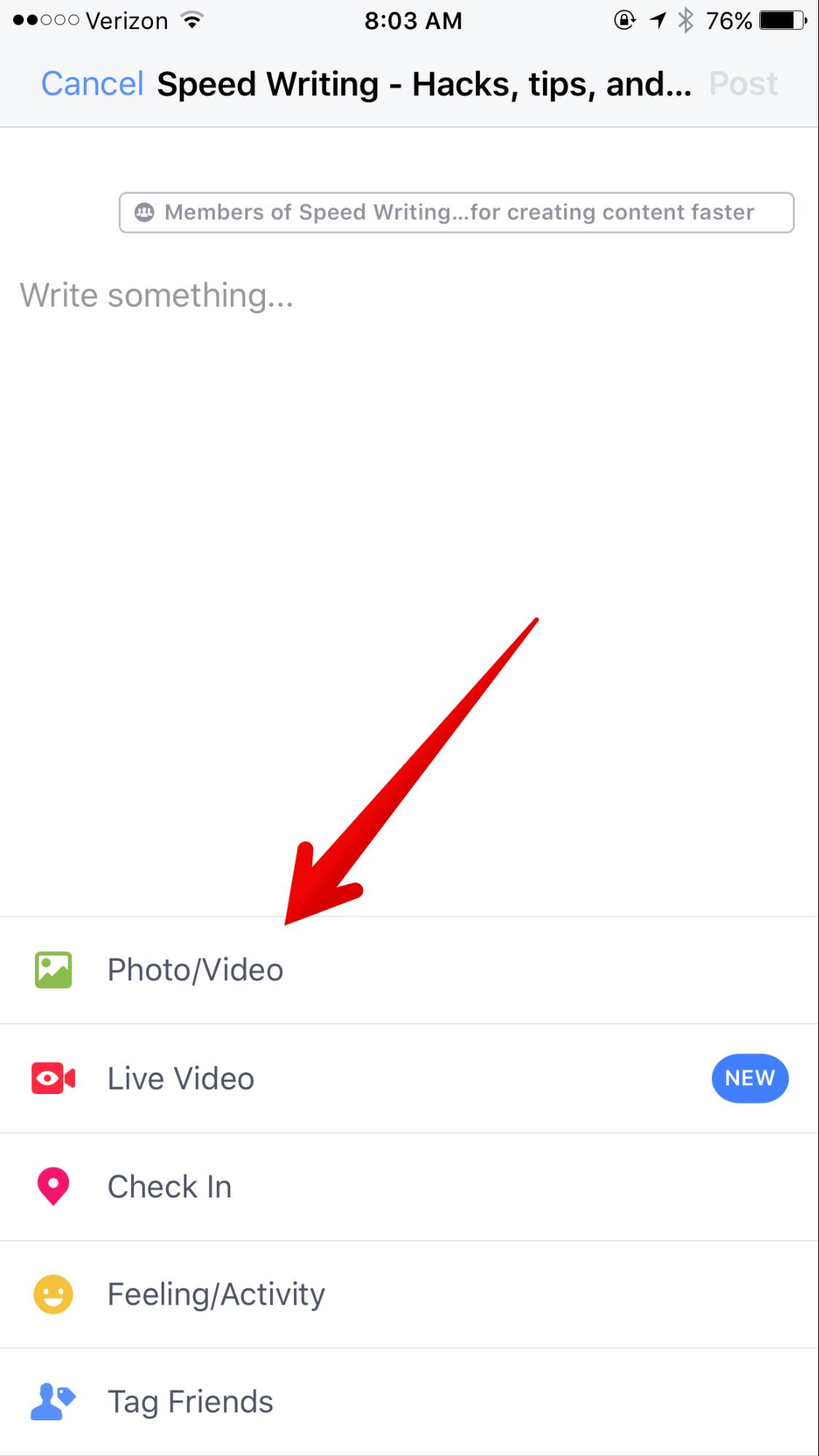
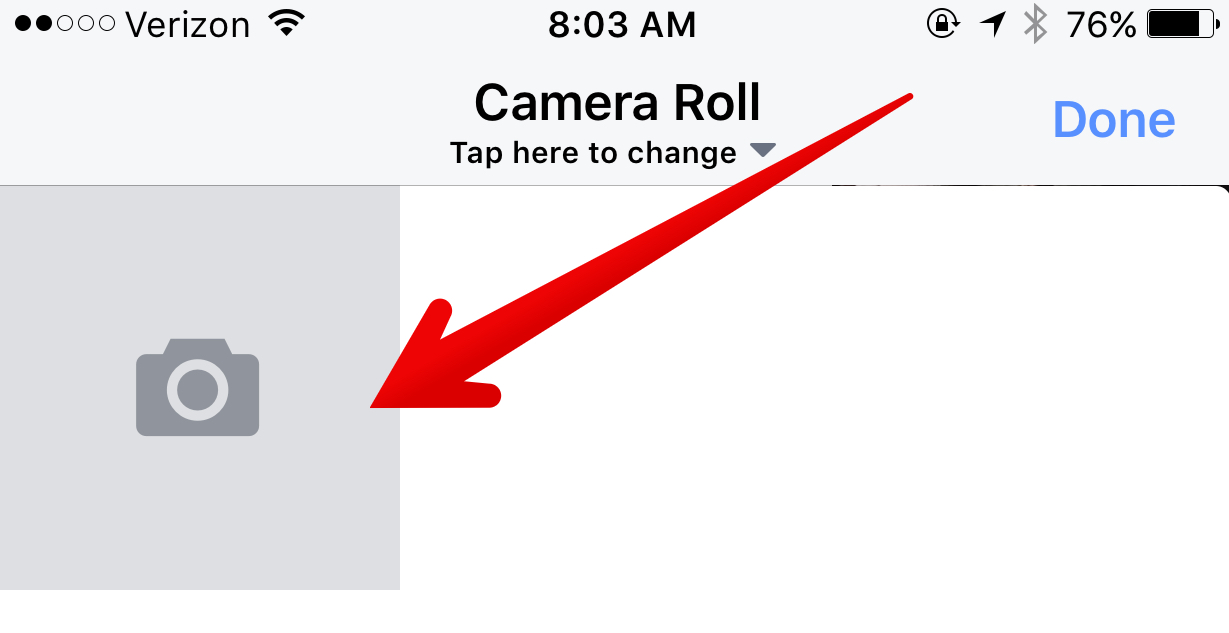
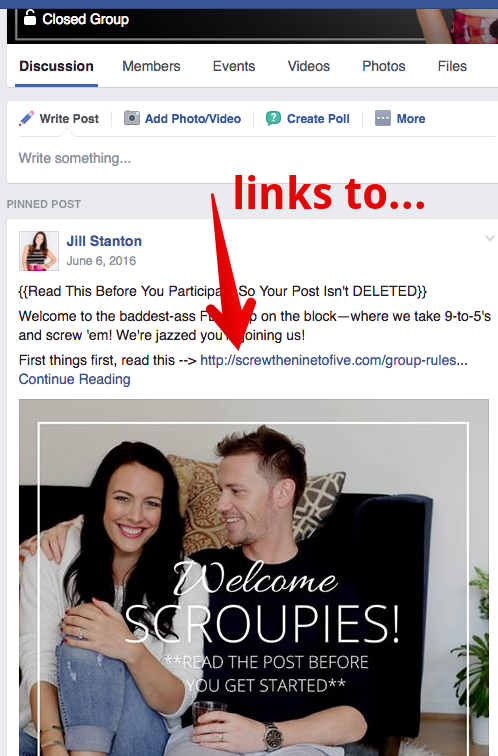
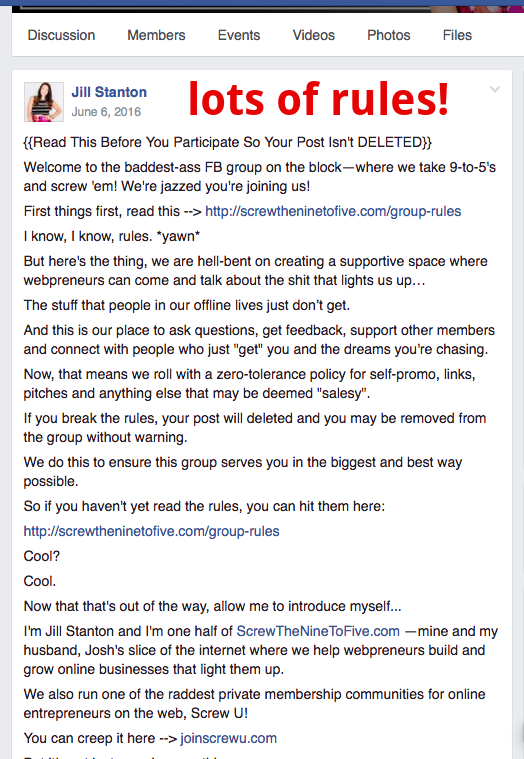
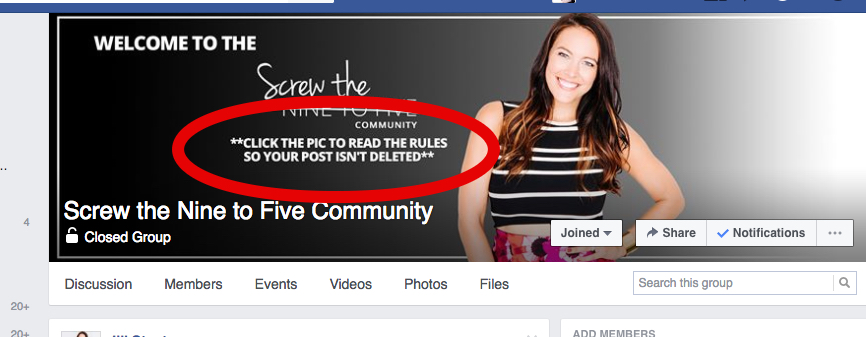
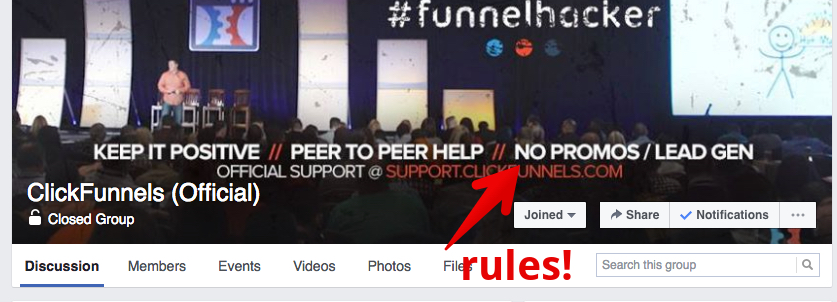
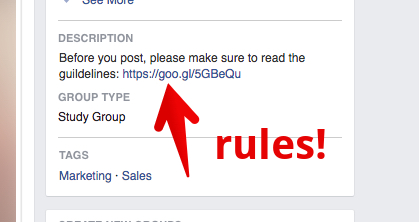

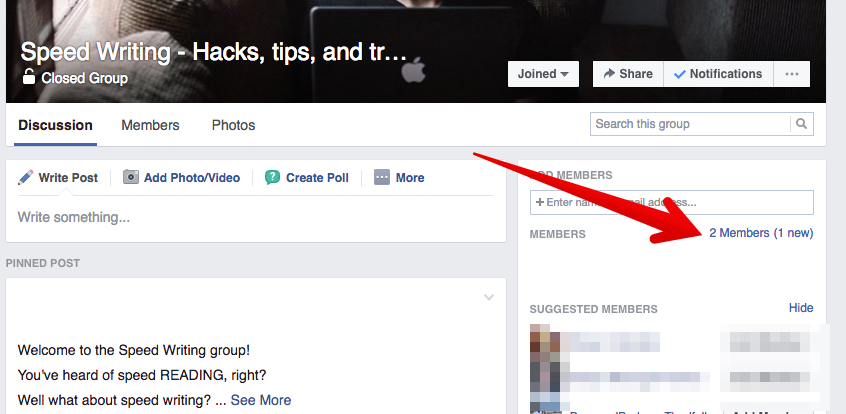
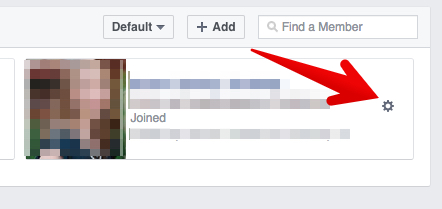
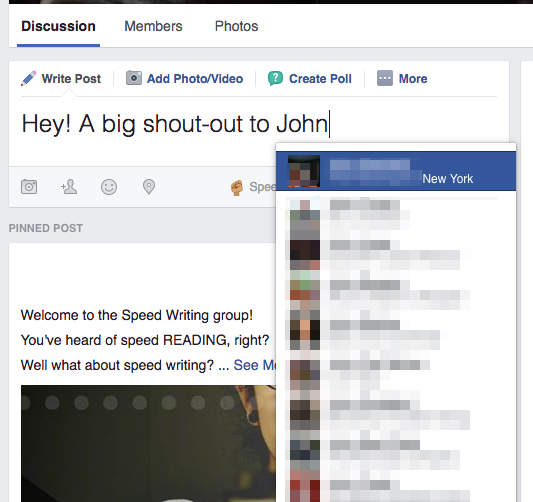
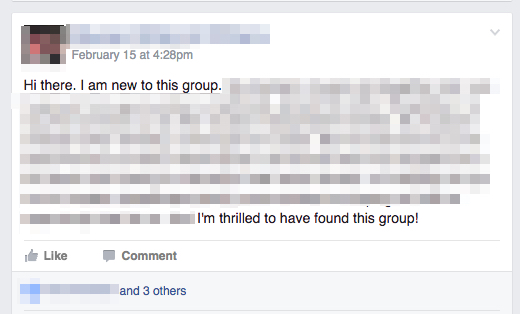
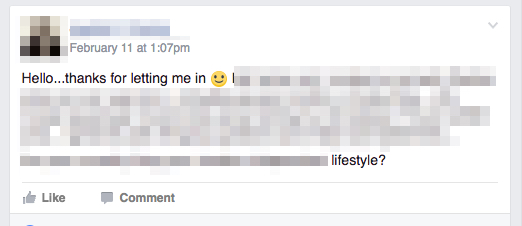
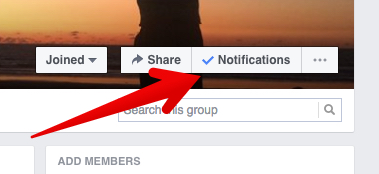
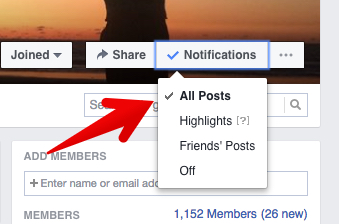
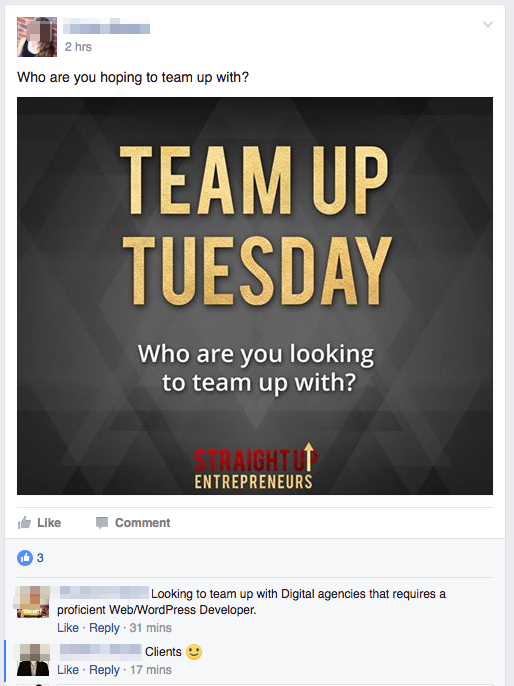
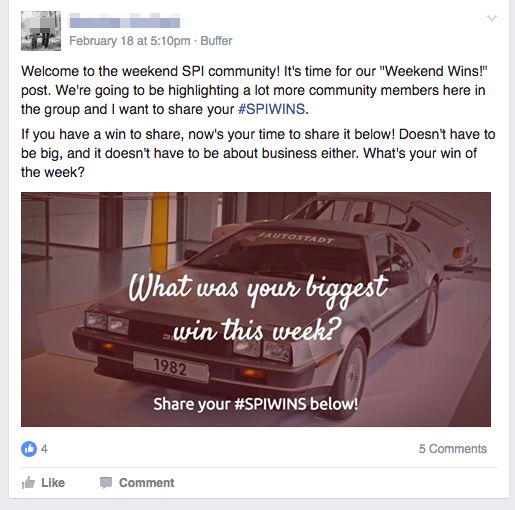
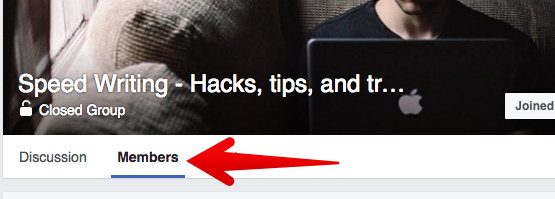
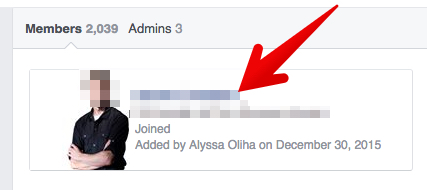
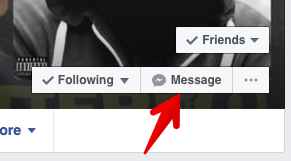
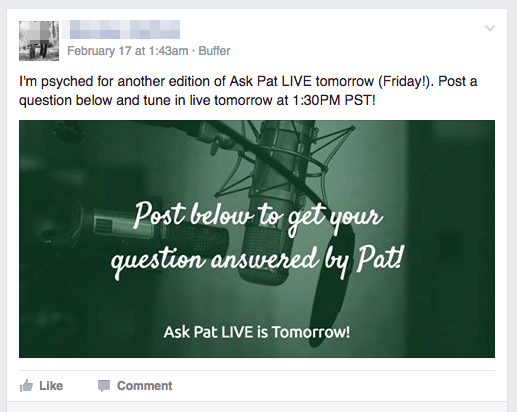
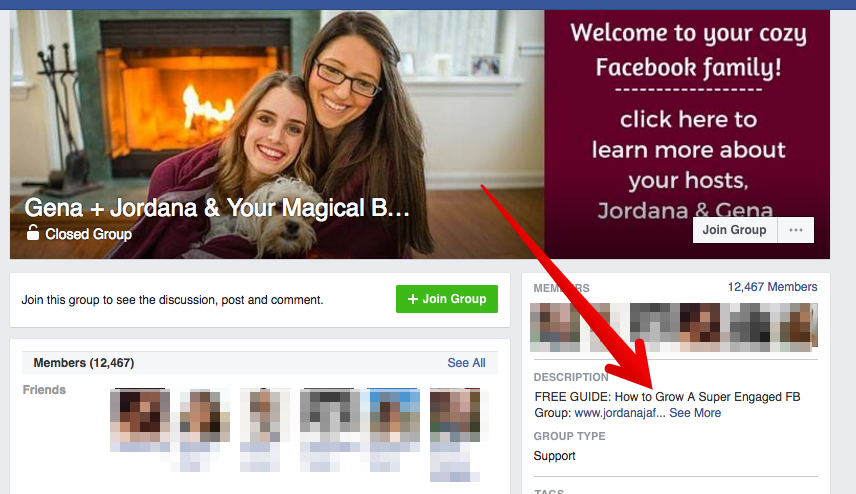
Comments (54)